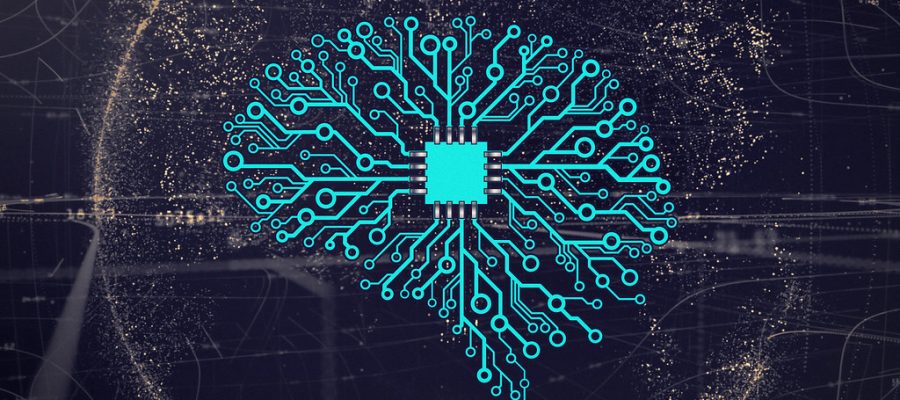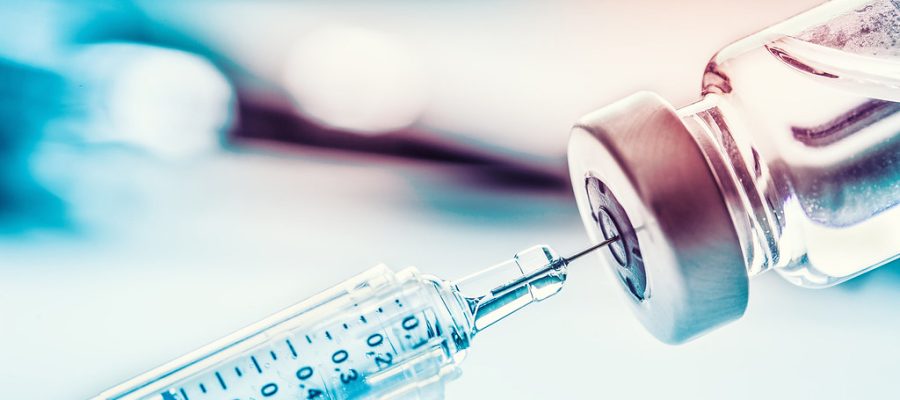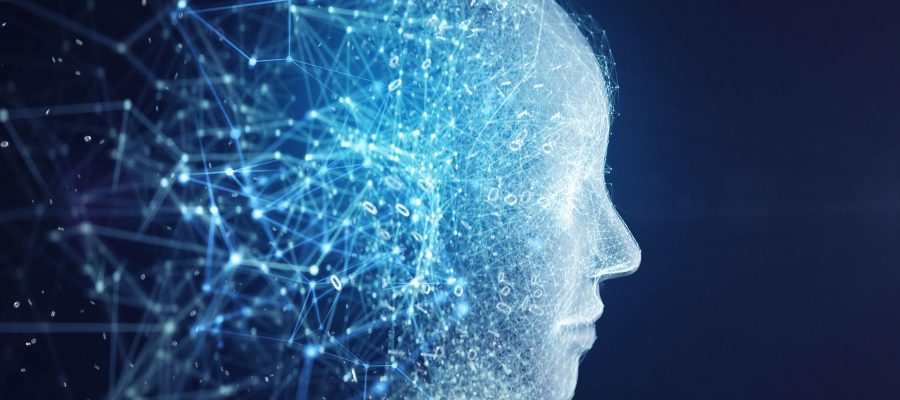By: Gina L. Campanelli The rising popularity of generative artificial intelligence has sparked questions around whether AI-generated inventions and works can be protected under current intellectual property regimes, and if so, how. Guidance from the U.S. Copyright Office and recent court cases shed some light on the applicability of copyright and patent protection to AI-generated products; namely “authors” and “inventors” are limited to natural persons. But further developments in copyright and patent law are still lagging behind generative-AI’s rapid growth. Trade secrecy emerges as the most viable path forward to protect AI-generated works and inventions because ownership of trade secrets is not limited to natural persons. But trade secrecy has its drawbacks too, primarily inadequate protection outside of misappropriation. Further, trade secrecy precludes disclosure, which hinders greater scientific development and progress. This Note examines the suitability and applicability of copyright, patent, and trade secret protection for AI-generated works and inventions and posits alternative protection schemes. Download Full Article (PDF) Cite: 24 Duke L. & Tech. Rev. 1









